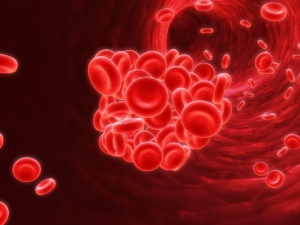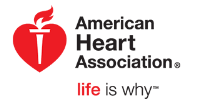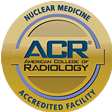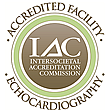Blood Clots
Blood clotting is an essential process that stops bleeding when a blood vessel (vein or artery) is injured. Blood cells (platelets) and plasma (liquid protein in the blood) help stop the bleeding by clotting the injured blood vessel. Usually, your body will clot an open wound and then dissolve the blood clot once the injury has healed, but sometimes clots form on the inside of blood vessels. These blood clots can be harmful because they will develop without a sign of injury and will not dissolve, causing blood circulation to slow throughout the body.
CAUSES
Blood clots will form to heal an injury or when blood stops moving. Clots will form in veins or arteries. Blood usually clots in a vein when a person is immobilized. When muscles aren’t moving blood is not pumped through the body, becoming stagnant and easy to clot. Blood usually clots in an artery along the lining and grows gradually causing the whole vessel to narrow.
SYMPTOMS
The symptoms of a blood clot vary based on where the clot is located in the body:
- Heart: chest pain, shortness of breath, sweating, lightheadedness, and nausea
- Brain: vision and speech problems, severe headache, dizziness, and weakness of the face, arms, or legs.
- Lungs: rapid heartbeat, chest pain, shortness of breath, fever, sweating, coughing up blood
- Abdomen: vomiting, diarrhea, severe abdominal pain
- Arms or Legs: swelling, tenderness, warmth, gradual or sudden pain
*Stock photographs and artwork are for illustrative purposes only. This article contains general information about medical conditions and treatments. The information is not advice, and should not be treated as such. You must not rely on this article as an alternative to medical advice from your doctor or other healthcare providers.






